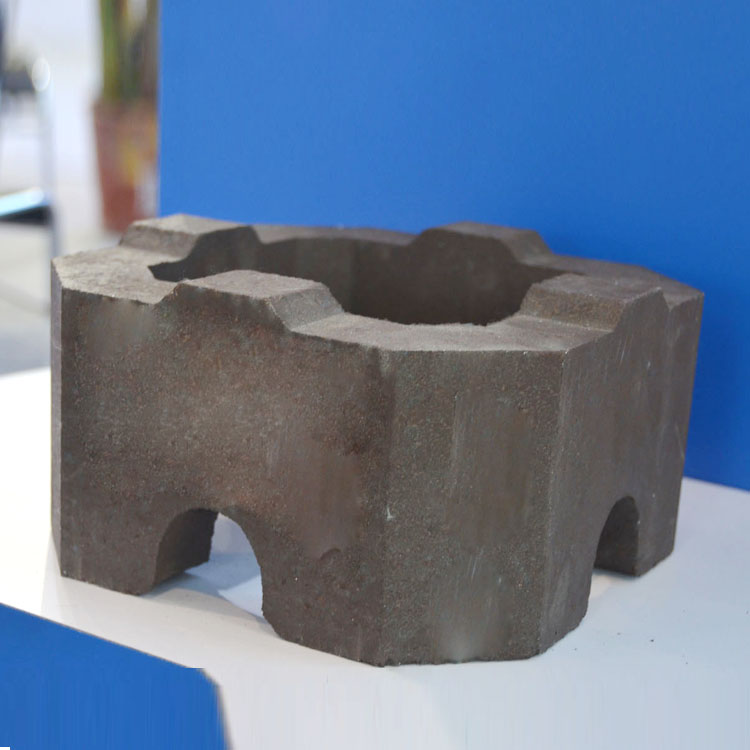.jpg?x-oss-process=image/resize,h_1000,m_lfit/format,webp)
In the global refractory materials market, the demand for high - performance products is constantly increasing due to the development of industries such as metallurgy, cement, and glass. Against this backdrop, directly bonded magnesia - chrome bricks have emerged as a revolutionary product, attracting the attention of global buyers.
Traditional magnesia - chrome bricks have long been used in the refractory field. There are two main types: unfired magnesia - chrome bricks and fired magnesia - chrome bricks.
Unfired magnesia - chrome bricks are produced through a relatively simple process. The raw materials are mixed, molded, and then treated with a binder. This method has a low cost, with production costs about 30% lower than some high - end refractory products. However, their high - temperature strength is poor. At temperatures above 1400°C, their performance begins to decline, and they may experience deformation and cracking, which limits their application in high - temperature industrial environments.
Fired magnesia - chrome bricks are made by firing at high temperatures after molding. Although they have better high - temperature performance than unfired bricks, their production process is more complex and energy - consuming. The energy consumption per unit of production can reach about 500 - 600 kWh/ton, and the production cycle is relatively long, usually taking about 7 - 10 days.
.jpg)
Directly bonded magnesia - chrome bricks are produced through a special high - temperature firing process, which forms a direct bond between magnesia and chrome oxide crystals. This structure gives them excellent high - temperature strength. They can maintain stable performance at temperatures up to 1700°C, and their refractoriness under load can reach above 1650°C.
In addition, they have strong corrosion resistance. In the face of slag corrosion in metallurgical furnaces, their corrosion rate is only about 1/3 of that of traditional magnesia - chrome bricks, which can significantly extend the service life of industrial furnaces.
.jpg)
Directly bonded magnesia - chrome bricks have had a profound impact on the refractory materials market. They have promoted technological upgrading in the industry. Many refractory material manufacturers have started to invest in research and development of related production technologies, driving the overall improvement of the industry's technological level.
In terms of market share, they have gradually occupied a larger proportion. In the past five years, the market share of directly bonded magnesia - chrome bricks has increased from 20% to 35%, changing the original market pattern.
In a large - scale steel enterprise, directly bonded magnesia - chrome bricks were used in the lining of the converter. The service life of the converter lining was extended from 1500 heats to 2500 heats, reducing the frequency of furnace lining repairs and significantly improving production efficiency. The customer reported that the use of directly bonded magnesia - chrome bricks not only saved costs but also improved the stability of production.

With the continuous development of high - temperature industries, the demand for directly bonded magnesia - chrome bricks is expected to continue to grow. In the future, technological innovation will further improve their performance, such as reducing their environmental impact and developing more energy - efficient production processes.
Directly bonded magnesia - chrome bricks, with their superior performance, are meeting the market demand and leading the new trend in the refractory materials market. They are the ideal choice for global buyers seeking high - quality refractory materials.
If you are looking for high - performance refractory materials, directly bonded magnesia - chrome bricks are your best choice. Contact us now to get more product information and customized solutions!

